High strength steel castings
High-strength steel castings are critical components in various industries due to their exceptional mechanical properties, durability, and ability to withstand extreme conditions. These castings are manufactured using advanced metallurgical techniques to achieve superior strength, toughness, and resistance to wear, fatigue, and corrosion. They are widely used in sectors such as aerospace, automotive, construction, energy, and heavy machinery, where high performance and reliability are essential.The production of high-strength steel castings involves carefully selecting alloy compositions and employing precise casting methods. Common alloying elements include manganese, chromium, nickel, and molybdenum, which enhance the steel's strength, hardness, and resistance to environmental factors. The casting process typically begins with the creation of a detailed mold, often using sand, ceramic, or investment casting techniques, depending on the complexity and size of the part. Molten steel is then poured into the mold, where it solidifies into the desired shape.One of the key advantages of high-strength steel castings is their ability to be tailored to specific applications. For instance, in the aerospace industry, these castings are used to produce lightweight yet robust components such as turbine blades and structural parts, which must endure high stress and extreme temperatures. In the automotive sector, they are utilized for engine blocks, transmission components, and suspension parts, where strength and durability are critical for performance and safety.High-strength steel castings also play a vital role in the energy sector, particularly in renewable energy systems like wind turbines. The castings used in turbine hubs and gearboxes must withstand harsh environmental conditions and heavy loads over long periods. Similarly, in the construction and heavy machinery industries, these castings are employed in components like excavator arms, crane hooks, and bulldozer blades, where high strength and resistance to wear are essential.The heat treatment process is a crucial step in enhancing the properties of high-strength steel castings. Techniques such as quenching and tempering are often used to achieve the desired balance of hardness and toughness. Additionally, surface treatments like shot peening or coating can further improve fatigue resistance and corrosion protection.Despite their many advantages, producing high-strength steel castings requires careful attention to quality control. Non-destructive testing methods, such as ultrasonic and radiographic inspection, are commonly used to detect internal defects and ensure the integrity of the castings. This rigorous quality assurance process ensures that the final products meet the stringent requirements of their intended applications.In conclusion, high-strength steel castings are indispensable in modern engineering and manufacturing due to their exceptional properties and versatility. Their ability to be customized for specific needs, combined with advanced production and treatment techniques, makes them a preferred choice for critical applications across various industries. As technology continues to advance, the demand for high-strength steel castings is expected to grow, driving further innovation in materials and manufacturing processes.
Products
Category:
No search results found!
News
Category:
No search results found!
Case
Category:
No search results found!
Video
Category:
No search results found!
Download
Category:
No search results found!
Job
Category:
No search results found!
Featured Products
No search results found!


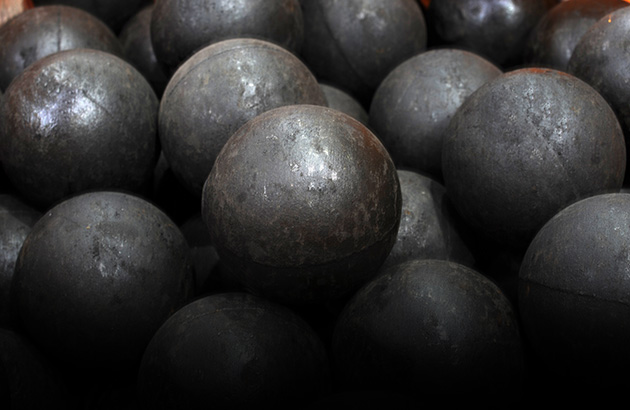
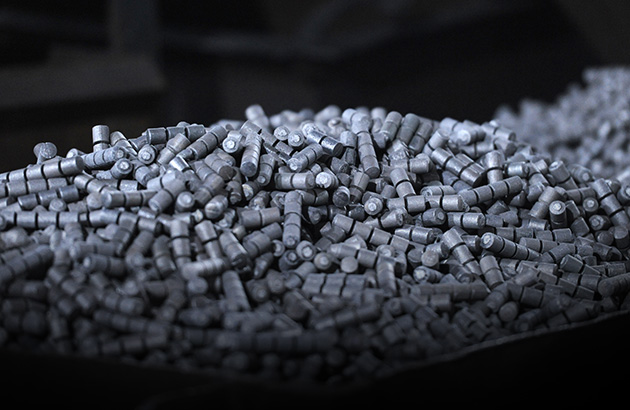
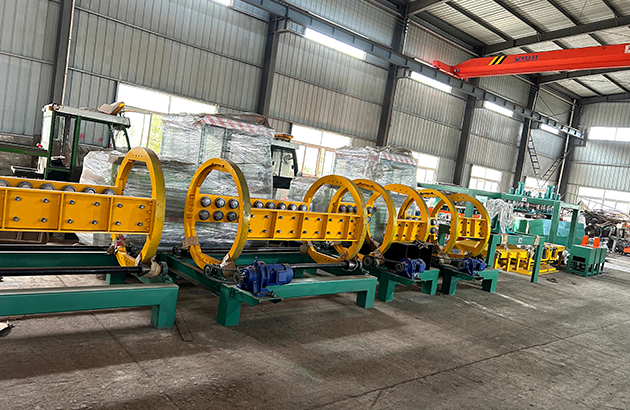

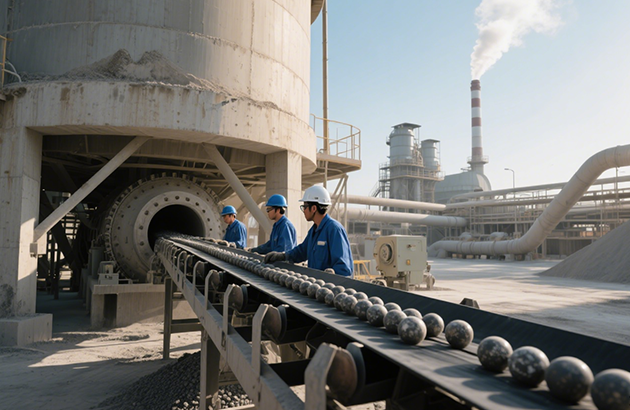
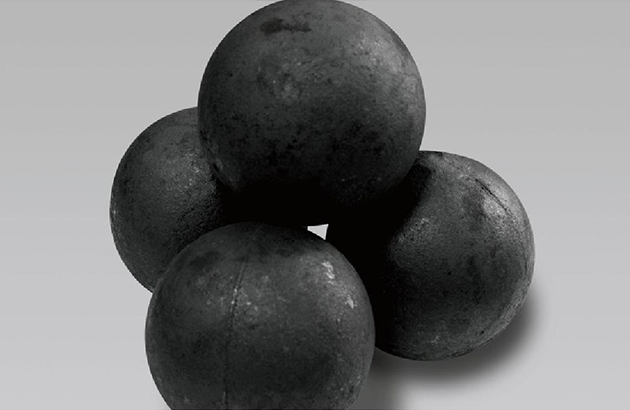
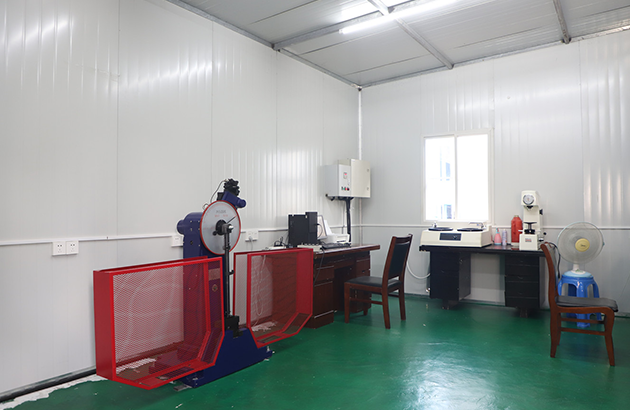

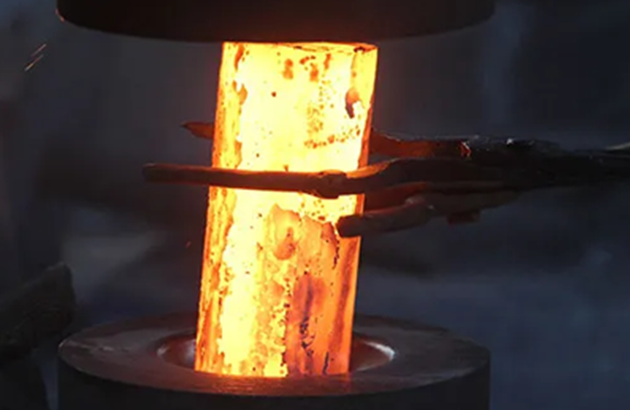






 Phone
Phone